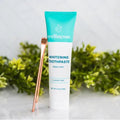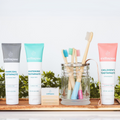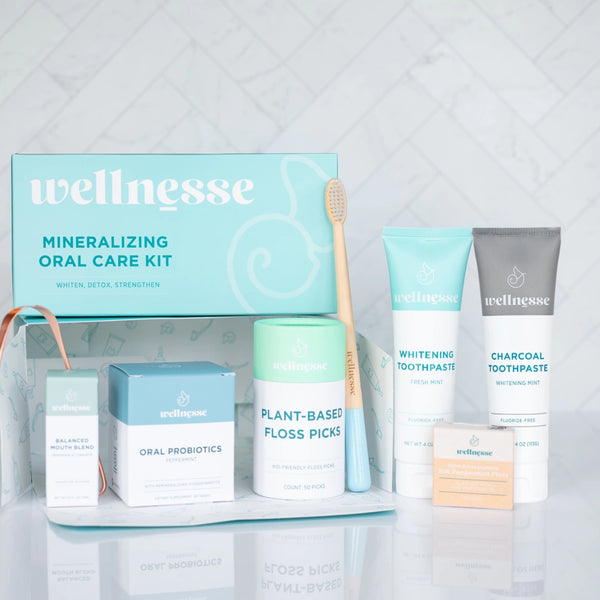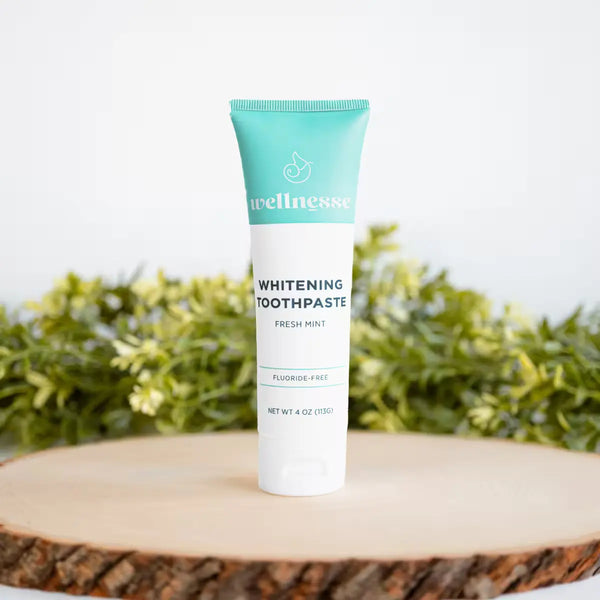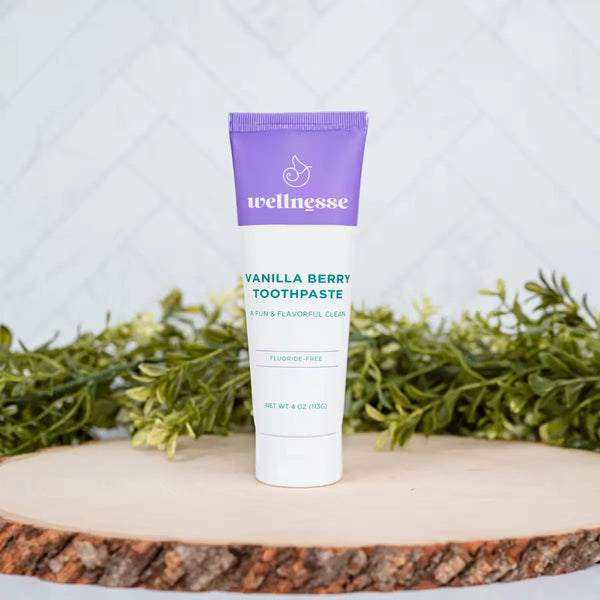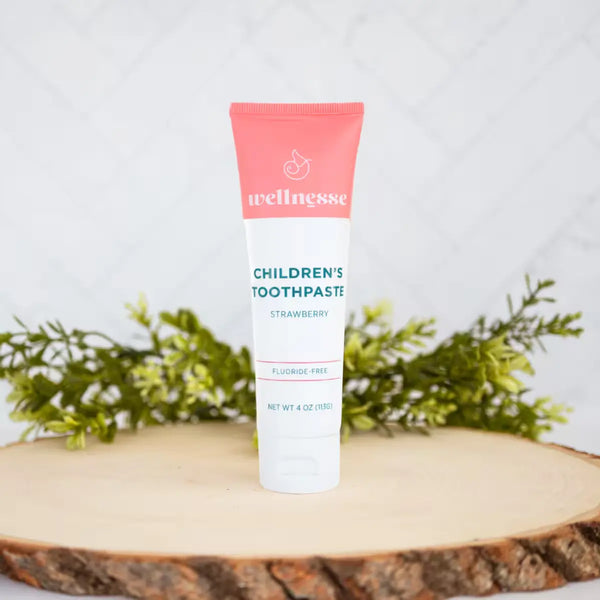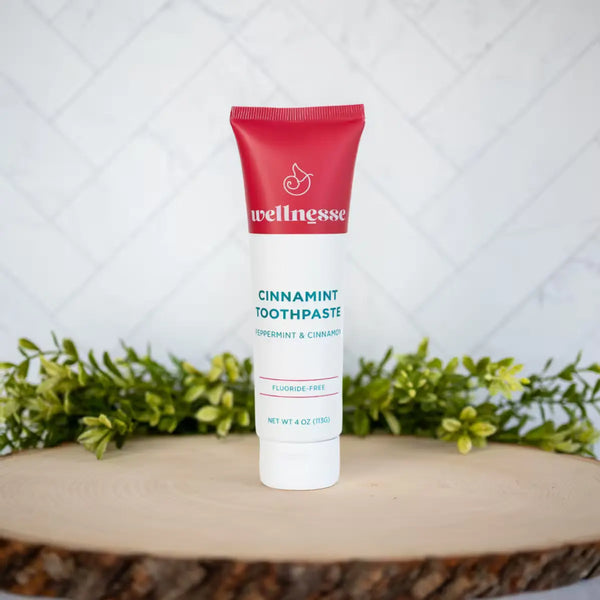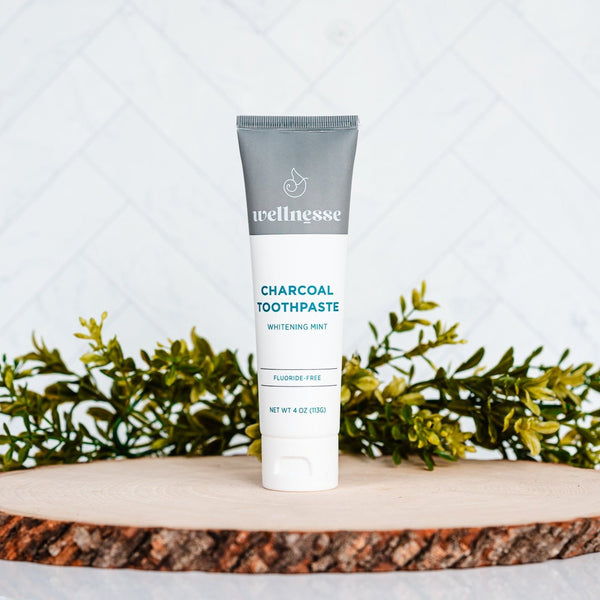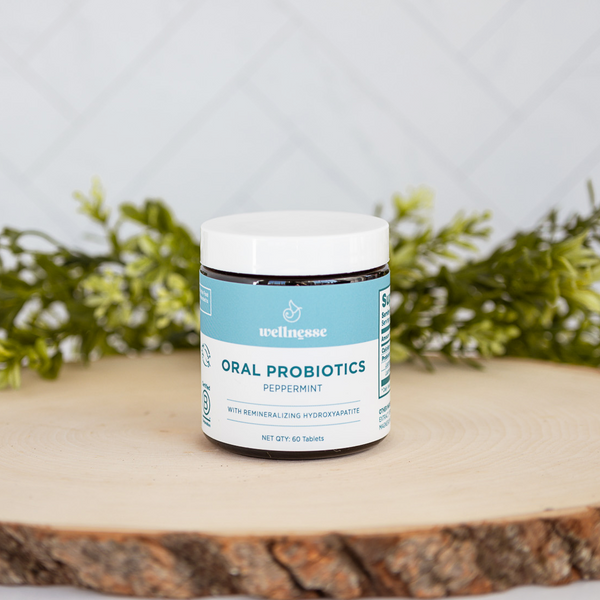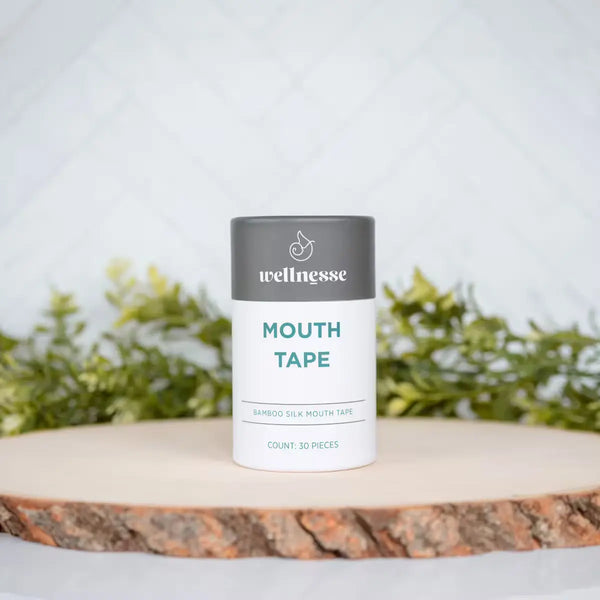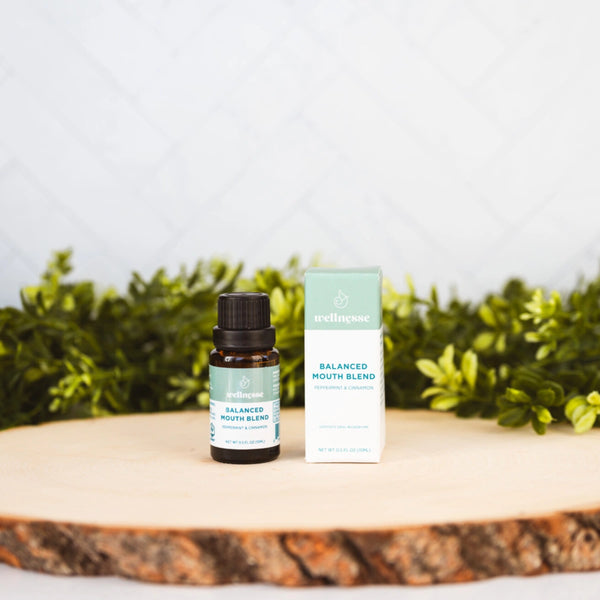A new school year is upon us, and many of us agree that the excitement is accompanied by the stress of maintaining a clean and healthy lifestyle while meeting the many demands of the back-to-school season. To help you navigate these waters, we’ve compiled eight tips for making this school year the cleanest, healthiest yet!
Help your kiddos stay happy, healthy, and germ-free throughout the school day with our Moisturizing Hand Sanitizer!
For Your Child
1. Snack Healthy
As we get back into the routine of balancing family, friends, school, and extracurriculars, it’s common to find yourself with only a few minutes to grab a bite before running off to the next activity. It can be easy (and tempting) to grab food or snacks on the go, but we can tell you that most pantry or store snacks are not the best option for a filling, nutritious meal.
Many of the snacks designed for quick, convenient consumption are full of sugars, syrups, dyes (thus, the fun colors), and preservatives that, in addition to causing a severe blood sugar spike, leave you more hungry than before. The main attraction of these foods is their convenience, but with a little bit of thought and prep ahead of time, nutritious eating can be just as simple! Fresh fruit kabobs, homemade trail mix, and deviled eggs are examples of easy ways to get that quick, clean energy boost. For more ideas, check out this article!
2. Keep Cleanliness at the Forefront
A regular school day involves significant exposure to bacteria, germs, and toxins that we may not be as accustomed to handling during an ordinary day at home. This is part of why sicknesses spread so quickly when kids start going back to school. As much as we want to protect our families’ health, it can seem like an impossible task trying to keep everything clean and sanitized all the time, especially when kids are involved.
Fortunately, incorporating just a few essential practices can significantly reduce the risk of illness and mitigate the effects when someone does catch something. Teaching your kids about germs and cleanliness and reminding them to wash their hands after certain activities, such as using the restroom, going to recess, or getting home from school, is a great first step.
When soap and water are not easily accessible, send them to school with a convenient alternative, like our non-toxic Moisturizing Hand Sanitizer. You can also take preemptive measures and work to strengthen your child’s immune system while avoiding things that might weaken it. One way to do this is to supplement their diet with clean, whole foods and cut out sugary, processed foods.
3. Take Breaks
Mental health is just as important as physical health, and it is important to remember how stressful it can be to begin a new school year. Keeping up with so many responsibilities can lead to high levels of pressure and stress that are a lot for kids to handle. Stress can be detrimental to anyone, but it can be especially damaging for kids whose bodies and brains are not fully formed.
So how can we ensure our kids can cope with these intense environments healthily? First, understand that it’s okay and even necessary to take breaks. If you feel like your child is starting to get overwhelmed or is running on empty, set aside time to have them do something that relaxes them, such as playing with friends, watching their favorite show, or catching up on a hobby.
Second, make sure they know that they can come to you to talk. Kids have a lot on their minds, too, but they may feel like they can’t discuss it with an adult. Lastly, help them manage their time so they don’t ever feel like they’re spiraling out of control. One great way to do this is to...
4. Establish a Routine
One thing that kids and adults have in common is that we all function better with a routine. Having at least a general idea of what we have to do in a day and how we’re going to go about it gives us a sense of control and direction that can mitigate feelings of stress and anxiety.
Your routine should incorporate all the essential elements of the day- such as doing homework or completing chores- but otherwise should be as specific or as general as you and your child need. Remember to be realistic when making out your schedule. This will create a sense of satisfaction rather than frustration because the bar has been set too high or too many tasks are included. Every routine is and should be different, but they should all include a few basics:
- A set wake-up time
- Mealtimes
- Breaks
- A set bedtime and routine (don’t forget to brush!)
For the Earth
1. Pack Your Lunch
It’s no secret that food waste in schools is a huge problem. In 2019, a World Wildlife Fund Report showed that US schools waste an estimated 530,000 tons of food in landfills annually. By packing homemade lunches, you can not only cut back on the shocking amount of food waste that occurs every day, but you can also practice greater control over what your child is eating. As we discussed above, avoiding processed, low-nutrient, and sugary foods is essential to maintaining a strong immune system and robust mental health, making this tip an easy way to look out for your child and the environment at the same time.
2. Use Reusable Containers
The only thing better than a packed lunch is a lunch packed in eco-friendly, reusable containers. Though glass and bamboo utensils are rising in popularity, plastic is, unfortunately, still the most common resort for quick meals and drinks on the go. The waste compiled through water bottles alone is outrageous. And if you consider all the ways we contribute to this problem (plastic wrap, plastic utensils, plastic bags, etc.), it’s quite alarming.
The truth is that while it seems like a big commitment in the beginning, switching to more sustainable containers is not only cleaner and significantly safer (think back to those phthalates), but it’s pretty easy. A few examples of healthy alternatives include:
- Reusable glass or stainless-steel canteens
- Cloth or silicone food containers
- Bamboo utensils
- Bamboo or paper straws
- Stainless steel lunch boxes
3. Invest in Non-Toxic School Supplies
Most mainstream school supplies are not made with the environment in mind. As a result, the materials used are harmful to the environment and potentially harmful to the people who use them. Plastic and vinyl make up the bulk of school supplies (folders, binders, backpacks, etc.) and include dangerous chemicals like phthalates. Evidence links phthalates to countless health conditions, including endocrine disruption, asthma, diabetes, cancer, and reproductive dysfunction.
Ultimately, the sole purpose of phthalates in plastic is to increase flexibility and durability. These chemicals are just as harmful to the environment as their production involves high carbon emissions, and plastic can take hundreds of years to decompose.
When generic supplies can come at such a high price, it’s worth your while to add healthier alternatives to your shopping list. Search around for eco-friendly school supplies made of bioplastic or natural canvas or try to find solutions that are phthalate-free, biodegradable, or made from recycled materials.
4. Inventory Old Supplies Before Buying New
We’ll be the first to admit that it isn’t always possible to go shopping for all the cleanest, greenest materials. One easy workaround is to take a full inventory of supplies you already have on hand or can be reused before you buy anything new. Maybe last year you bought a few too many pencils or one of your older children has a gently-used backpack they can hand down to a sibling (second-hand for the win!) Regardless of how you decide to do it, the supply lists from your child’s school will almost always ask for just a little more than they will use over the course of the semester, so don’t be afraid to consolidate (where you can) and pursue a low-impact, low-waste approach to this school year.
Before You Go...
Wellnesse was born out of the desire to put our families’ health and safety first, whether you’re cozying up at home, hitting the road, or heading back to school! Our kids’ immune systems shift and change throughout the year and through different environments, and we’ve made it our job to help keep them strong enough to take on whatever life throws their way! Our favorite way to do it? Replacing toxic products and replacing them with the clean, natural formulas that help you the best you can be! Our products are non-toxic, paraben free, non-GMO, and safe for the environment. We’ve done all the heavy lifting, so you don’t have to. Trust us, getting ready has never felt this good.
Resources:
Condon, Eileen M. “Chronic Stress in Children and Adolescents.” NCBI, 20 Oct. 2018, https://www.ncbi.nlm.nih.gov/pmc/articles/PMC6346321/
Gifford, Dawn. “10 Tips for a Healthy, Planet-Friendly Back-To-School.” Small Footprint Family, https://www.smallfootprintfamily.com/10-green-back-to-school-tips
Wells, Katie. “What Are Phthalates & Why to Avoid Them.” Wellness Mama, 17 Apr. 2021, https://wellnessmama.com/76800/what-are-phthalates/
“Food Waste Warriors: A deep dive into food waste in US Schools.” World Wildlife Fund, 2019, https://c402277.ssl.cf1.rackcdn.com/publications/1271/files/original/FoodWasteWarriorR_CS_121819.pdf?1576689275
